Adidas Road Shoes review
Adidas is back on the cycling shoe market after a 15-year absence
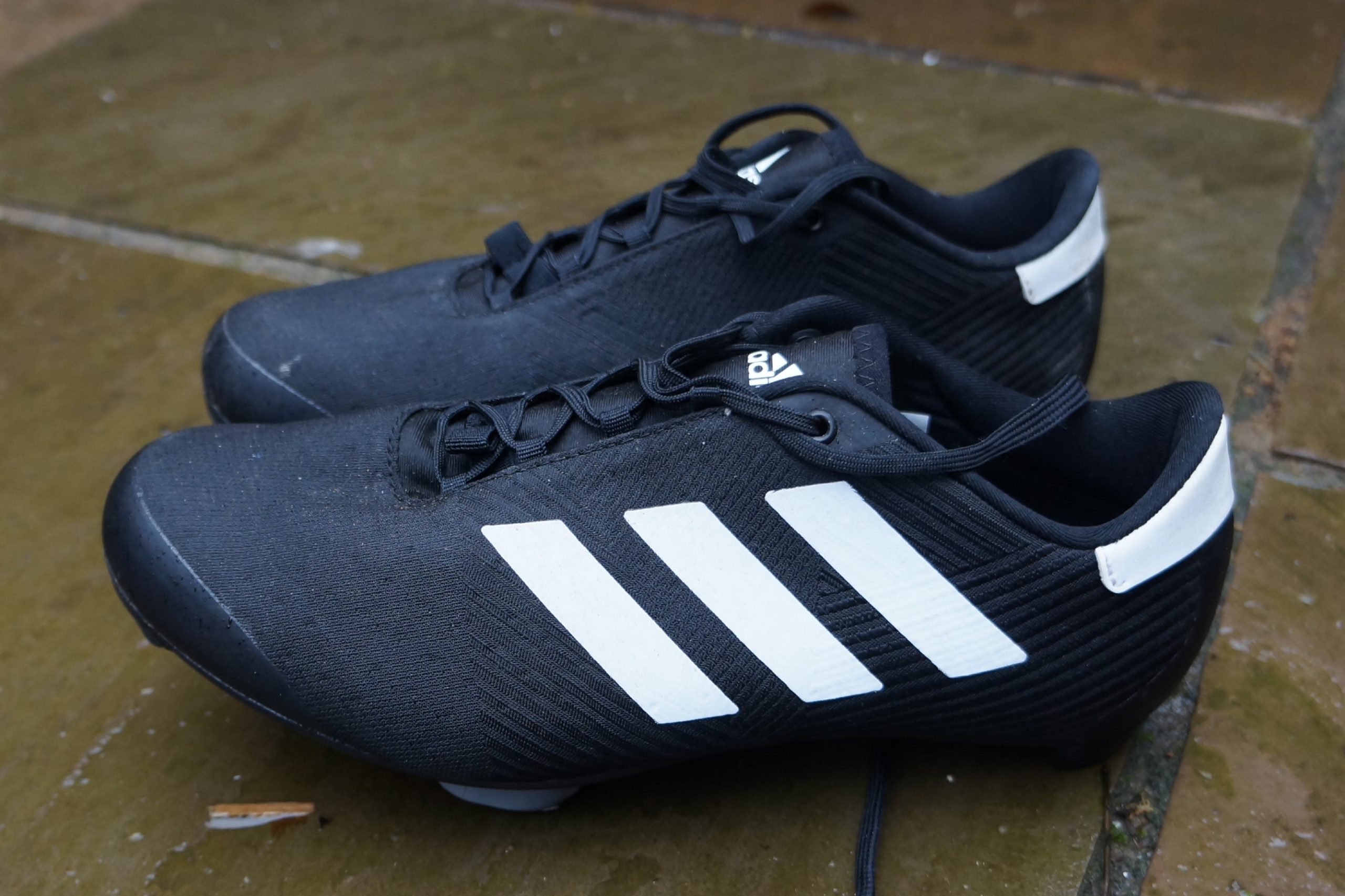
The Adidas Road Shoes provide a comfortable experience for riders not looking to nail all-out sprints. The upper is particularly comfortable, though the woven material doesn't offer great protection against water ingress. There are better value options out there, but plenty of riders have been swayed by the footy-inspired aesthetics (as exemplified by the way the first batch sold out so quickly) and we wouldn't judge you if you decided to part with a little extra cash in return for the iconic stripes.
-
+
Comfortable upper
-
+
Recycled materials
-
+
Reflective areas
-
-
Price vs competition
-
-
Heel/toe pads not replaceable
You can trust Cycling Weekly.

Adidas has history when it comes to cycling shoes, but that might not be immediately within the consciousness of newer converts to the sport, since the brand took a 15-year hiatus before launching its current offering: the Adidas Road Shoe.
The brand's past palmarès are a little more exciting than its current marketing team's naming efforts. Having started making cycling shoes back in 1956, Adidas's kicks became the shoe of choice for Eddy Merckx. The hall-of-fame cyclist wore them when he won all three Grand Tours as well as five Monuments and also during his Hour Record in 1972. In 1978, Adidas launched the 'Eddy Merckx Competition' shoe which, like this new model, was laced.
Unlike previous models, the new Adidas Road Shoe is pitched at what the brand calls a “young and burgeoning generation of cyclists that aren’t just driven by the pursuit of elite-level performance, but a desire for adventure, improved health, and the ability to move in and out of their cities in a sustainable and flexible way.”
In other words, they're more entry-level shoes targeted at riding for health and fitness and the simple joy as opposed to racing prowess. So, do they fit the bill?
Adidas Road Shoes: construction
Firstly: the aesthetics are indeed divisive. However, popular sizes of these shoes sold out within days of launch - so whatever your personal take, it's clear that there's an audience for these footy-inspired kicks. And Adidas has restocked since.
The entry-level position of these shoes is evident from the use of a Nylon/glass composite sole. Higher-end shoes typically utilise carbon.
What's the difference? A Nylon/glass composite sole will flex more than a carbon one, making it less efficient when it comes to power transfer. This has the upshot of being a little more comfortable and can be a plus for riders who find vibrations from the road become distracting or even painful over day-long adventures.
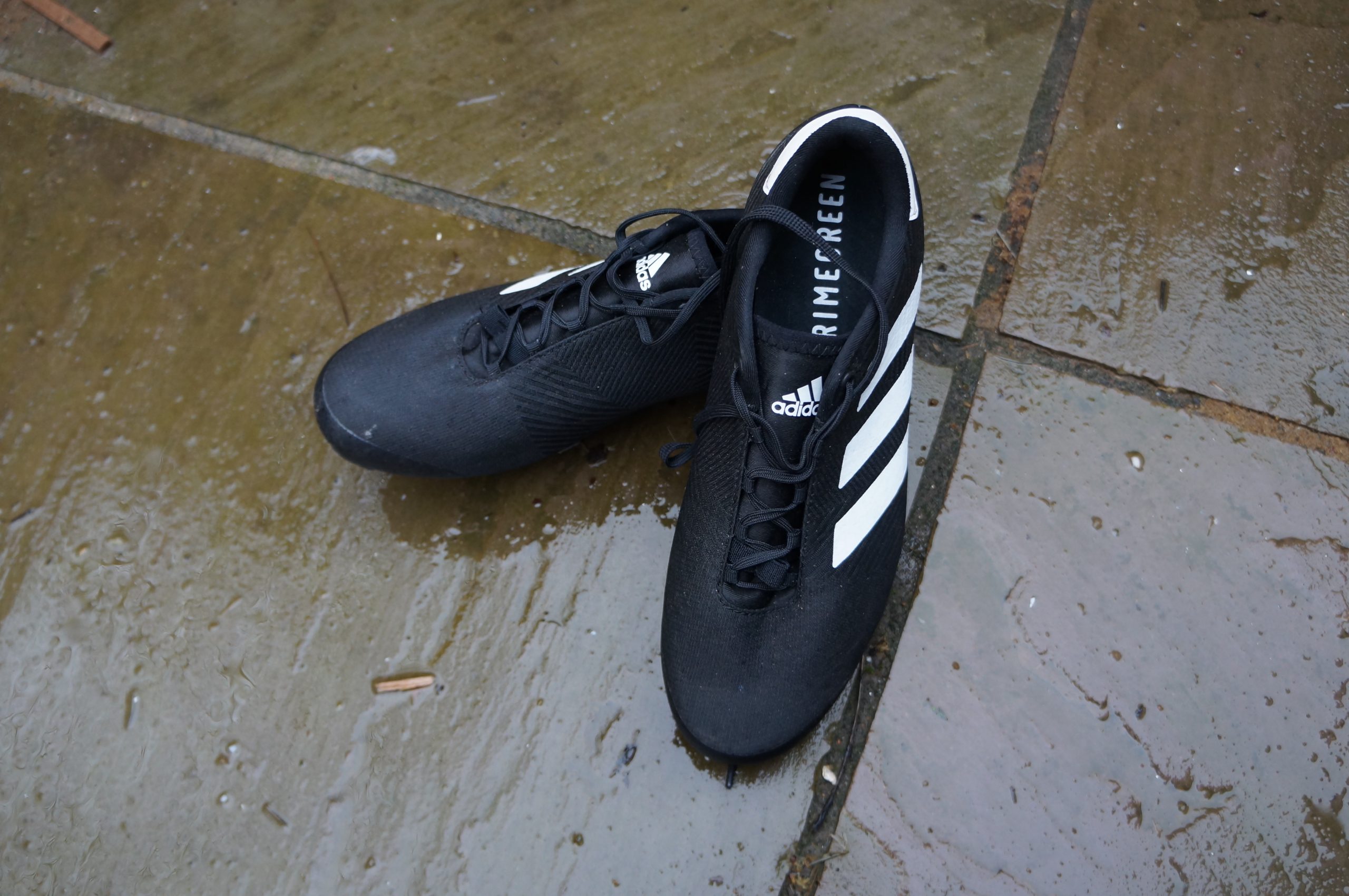
The resemblance between these shoes and Adidas's market-leading football kicks, is obvious. The brand has used its seamless Primegreen upper, which is made from high-performance recycled materials and woven to offer a ‘zoned fit’. This is complemented by the use of a lace closure system.
Laces tend to divide opinion among cyclists. The pros are that they offer multiple points of adjustment, allowing tension to be just right throughout. The cons are that when wet they can loosen over the course of a ride, they can't be adjusted on the fly, and it's quite hard to dial the fit so that each foot feels equally well enclosed.
Adidas has taken visibility seriously, with three stripes on each shoe was well as 'blinkers' on the heels.
Toe and heel pads have been built into the sole, but these are not replaceable - meaning once worn down the whole shoe could be rendered a candidate for replacement. They're three-bolt only, so designed to be used with traditional road pedals not SPDs, this may limit the use case for commuters who sometimes prefer the latter. Finally, if black shoes are not your thing they also come in white.
Adidas Road Shoes: the ride
Starting with the sole. Moving from a pair of carbon shoes to these for testing, the difference was immediately obvious - particularly when getting out of the saddle to climb or put in a hard effort. However, outside of high-power efforts, I found the sole was sufficient and the level of comfort offered was noticeable.
Sliding my toes into these shoes, it was immediately apparent that Adidas is well trained in the art of creating a comfortable upper on a stiff-soled shoe (something it does with aplomb for footballers, I'm told). The way the upper flexed to fit my form was impressive. The use of recycled materials is a big plus, too.
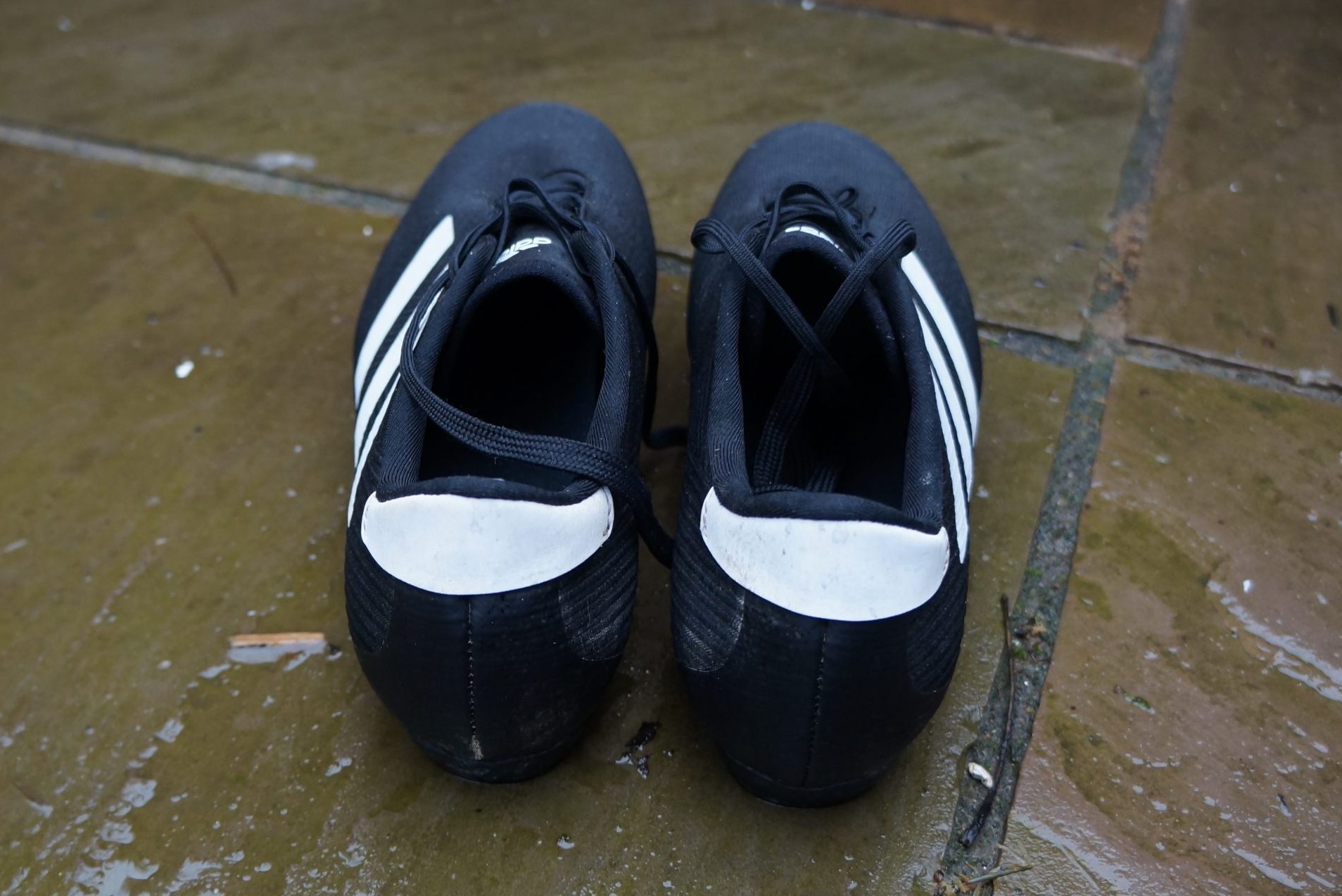
Personally, I like laces for the tailored tension they allow. Flooding across the UK gave me plenty of opportunities to test the laces for stretch, and I can report that they held strong despite significant abuse. I imagine Adidas has some skills here carried over from muddy football pitches.
However, the material did let a lot of water in. Your feet will always get wet when riding through deep puddles, but I found that cold water flooded its way through the shoe and back out again much more aggressively than it would on a more traditional leather-look upper. The rain itself wasn't an issue, however. On the plus side, the fabric is pleasantly breathable, as I found out during turbo sessions indoors.
The shoes were true to size. I usually wear a 39 or 40 in cycling shoes. Adidas operates in UK sizes first - so I was dispatched a size UK6.5, which is an EU39 1/3 - and the sizing was spot on.
Adidas Road Shoes: value
The £130 price point means that these shoes do carry a much friendlier price tag when compared with the pro-worthy race shoes we test on a regular basis, many of these retailing at £300 or less. However, comparing them to direct competition, it does look like there's an element of brand name inflation going on.
The dhb Dorica, for example, offers a carbon sole for £100. Now, you can always expect to find lower prices from the in-house brands at major retailers, made possible by sheer buying power. However, even the Nylon/composite sole at Specialized comes in at £95 in the shape of the Torch 1.0 shoe. The Adidas offering stacks up a little better when compared with the Shimano RC5 at £139.99 with a carbon-reinforced Nylon sole, but this comes with Boa L6 dials and trickle-down tech from the well respected S-Phyre shoes, and the Shimano RC3 with a more comparable glass fibre reinforced Nylon costs less at £89.99.

Thank you for reading 20 articles this month* Join now for unlimited access
Enjoy your first month for just £1 / $1 / €1
*Read 5 free articles per month without a subscription

Join now for unlimited access
Try first month for just £1 / $1 / €1
Get The Leadout Newsletter
The latest race content, interviews, features, reviews and expert buying guides, direct to your inbox!
Michelle Arthurs-Brennan the Editor of Cycling Weekly website. An NCTJ qualified traditional journalist by trade, Michelle began her career working for local newspapers. She's worked within the cycling industry since 2012, and joined the Cycling Weekly team in 2017, having previously been Editor at Total Women's Cycling. Prior to welcoming her first daughter in 2022, Michelle raced on the road, track, and in time trials, and still rides as much as she can - albeit a fair proportion indoors, for now.
Michelle is on maternity leave from April 2025 until spring 2026.
-
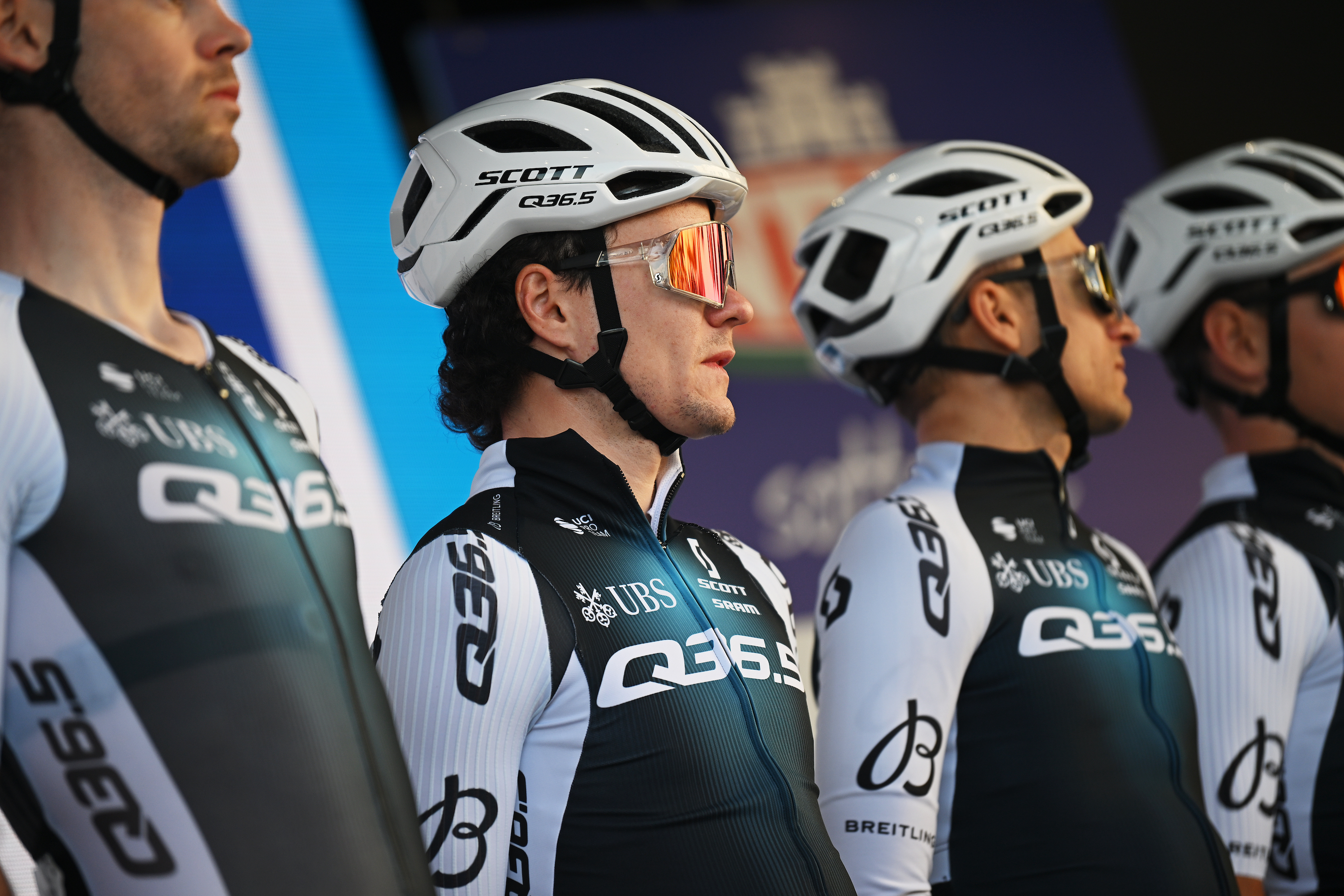 'I thought it would be dark by the time I got here' - Joey Pidcock, the last rider to finish Paris-Roubaix, on his brutal day out
'I thought it would be dark by the time I got here' - Joey Pidcock, the last rider to finish Paris-Roubaix, on his brutal day outQ36.5 rider finishes outside time limit, but still completes race with lap of the Roubaix Velodrome
By Adam Becket Published
-
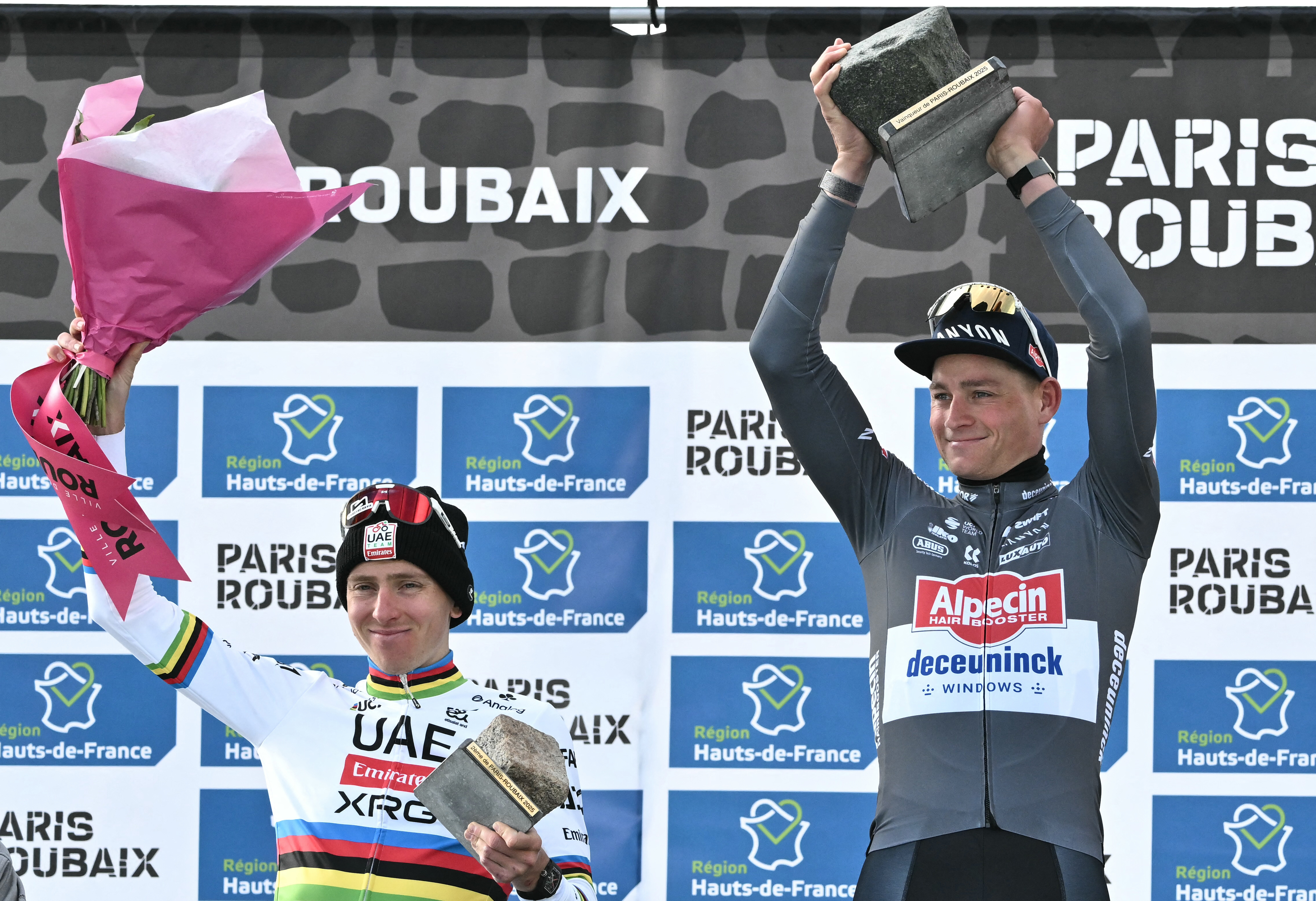 The stats behind Mathieu van der Poel’s record-breaking Roubaix success
The stats behind Mathieu van der Poel’s record-breaking Roubaix successThe Dutchman's eighth success in a Monument underlined his standing among the Classics greats
By Peter Cossins Published
-
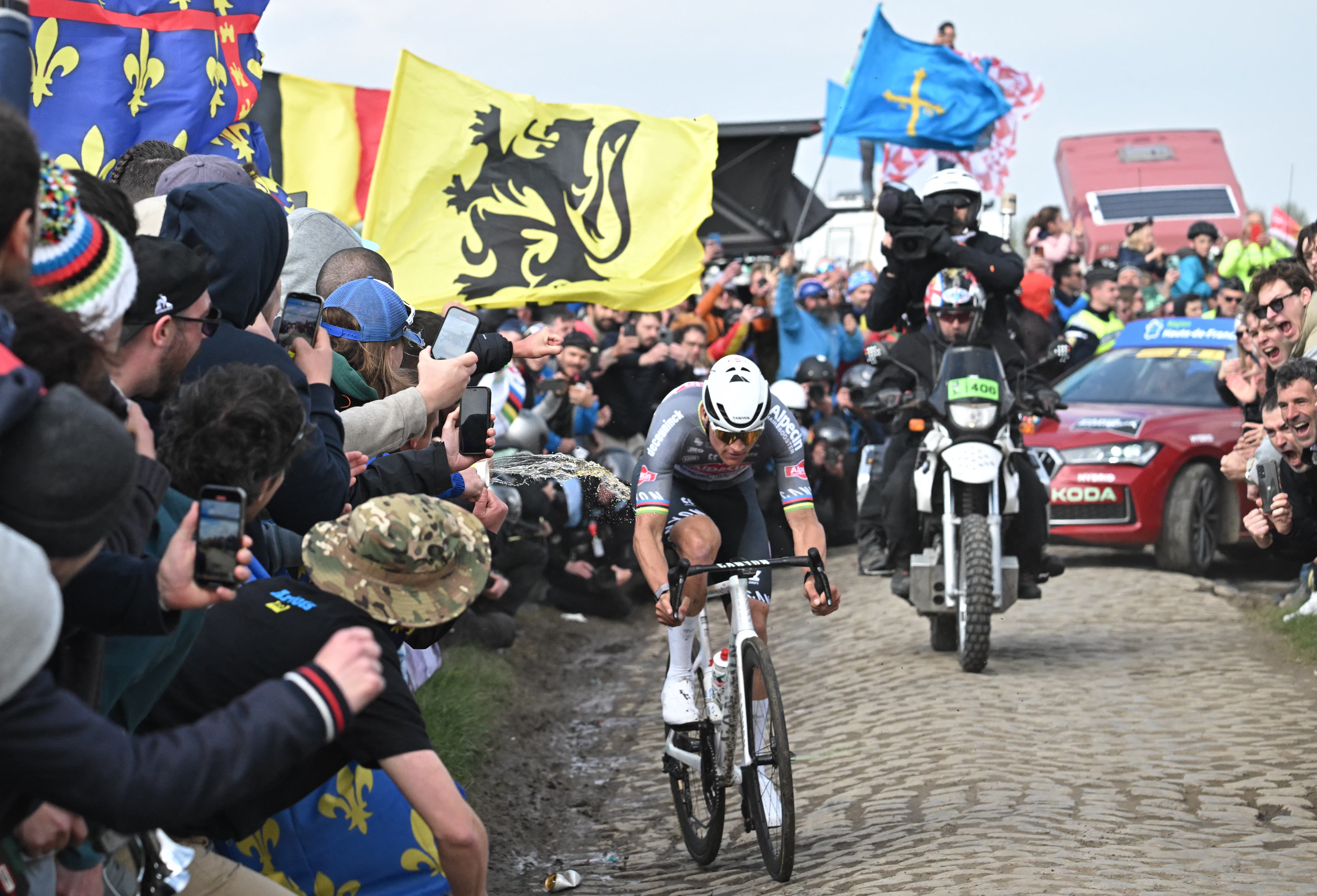 'It was like a stone hitting my face' - Mathieu van der Poel calls for 'legal action' after bottle incident at Paris-Roubaix
'It was like a stone hitting my face' - Mathieu van der Poel calls for 'legal action' after bottle incident at Paris-RoubaixThe winner was hit by a bottle in the face on Templeuve, sector 8b
By Adam Becket Published